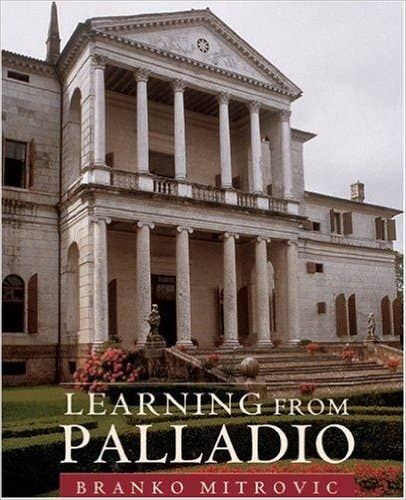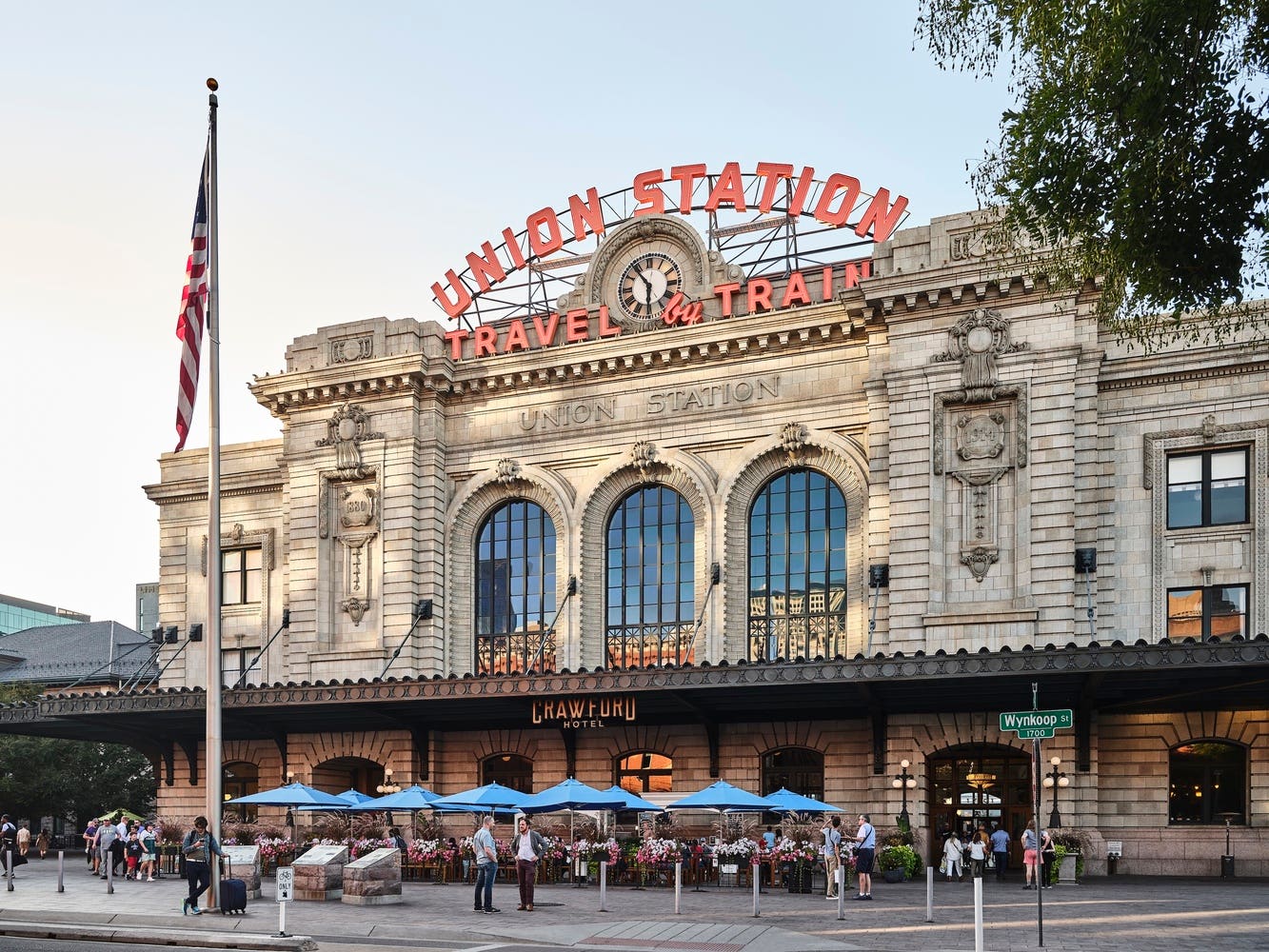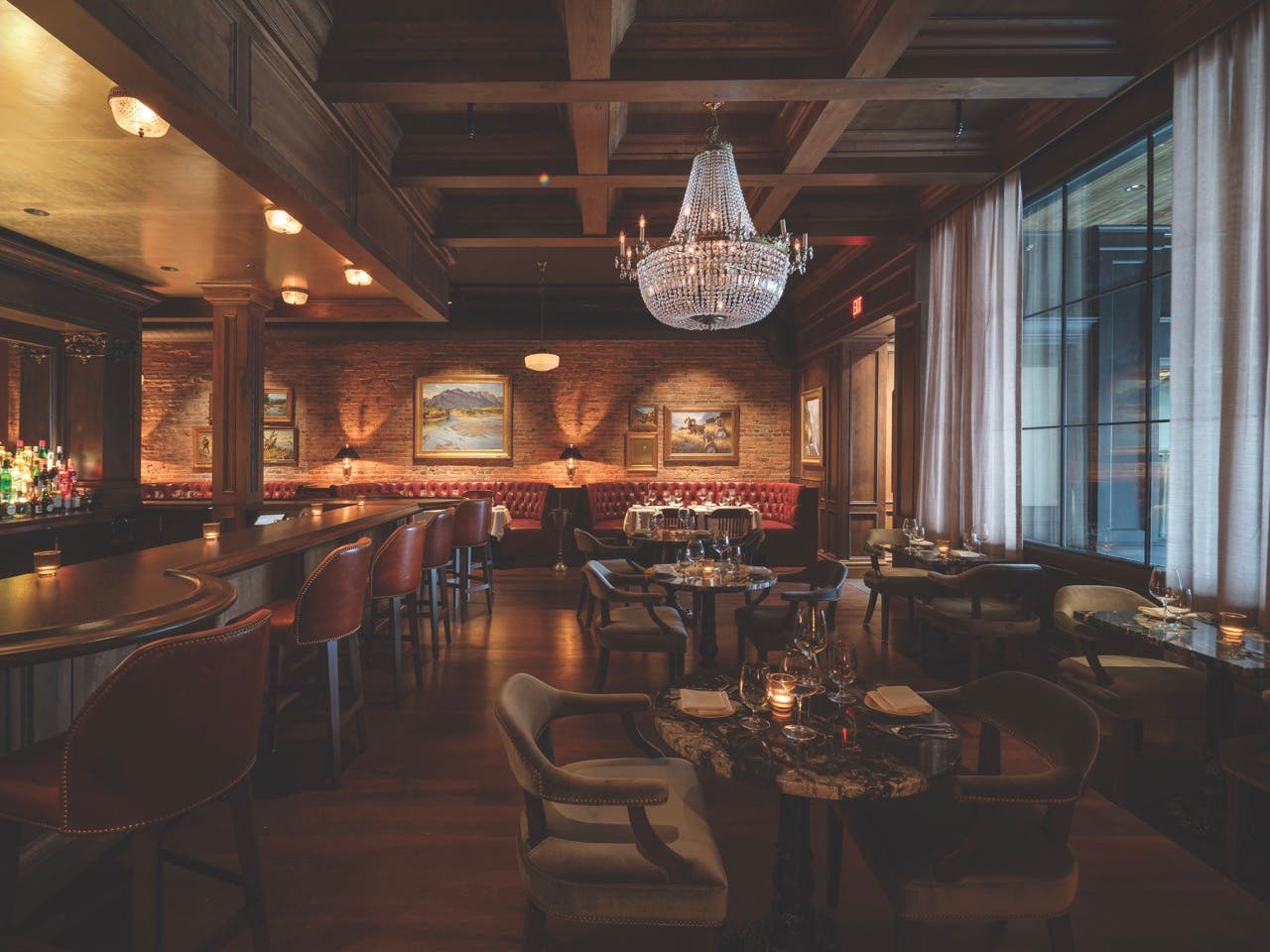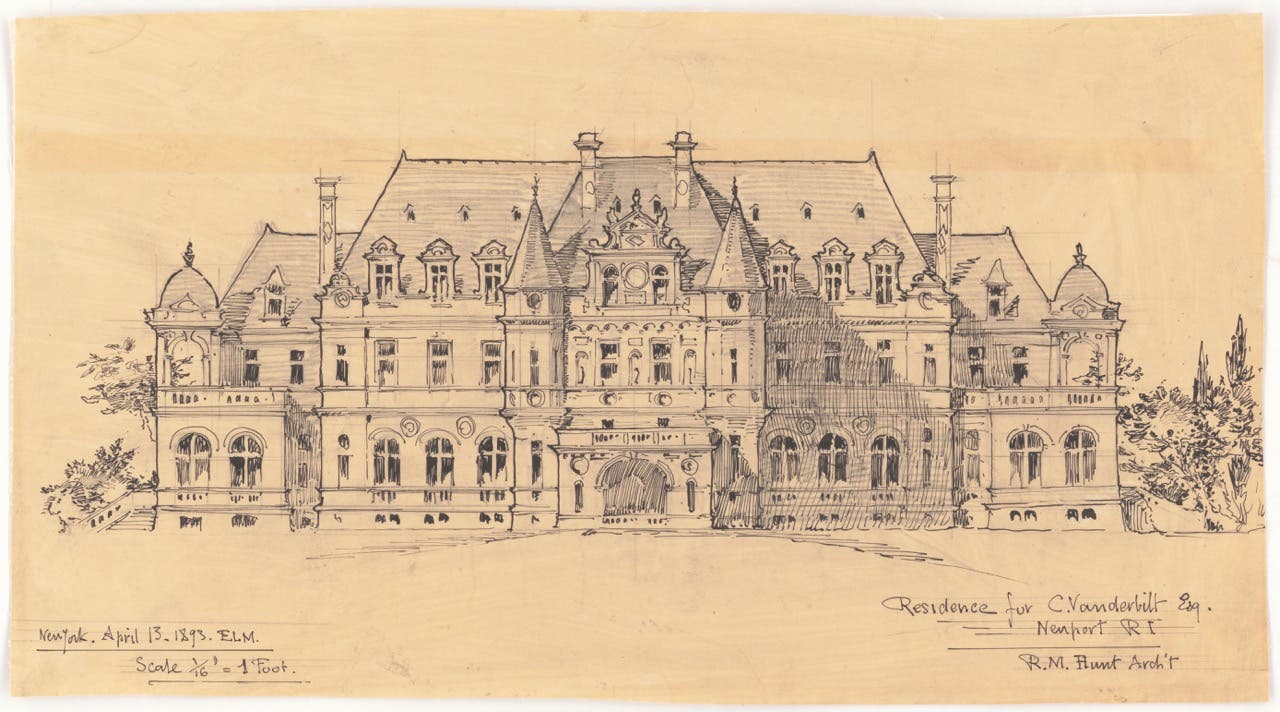
Features
20 Books About Traditional Architecture
As an Amazon Associate, we earn from qualifying purchases made through affiliate links.
The Architecture of the Classical Interior (W. W. Norton & Company, 2004) A practicing architect shows how the elements that constitute the classical interior-wall and ceiling treatments, doors and windows, fireplaces, and stairs-can be composed into rooms satisfying both aesthetic and practical criteria. Historic and contemporary examples illustrate both generic and specific solutions for designers working in the classical tradition today.
Architectural Principles in the Age of Humanism by Rudolf Wittkower (Wiley, 1998)
Sir Kenneth Clark wrote in the Architectural Review, that the first result of this book was “to dispose, once and for all, of the hedonist, or purely aesthetic, theory of Renaissance architecture,’ and this defines Wittkower’s intention in a nutshell.
The Architectural Treasures of Early America Series (National Historical Society, 1987) This 16-volume set is a treasure trove of visual architectural material, and incorporates views of colonial planning, construction techniques and various period details.
The Architecture of McKim, Mead & White in Photographs, Plans and Elevations (Dover, 1990) Covering current and former famous landmarks of private and public buildings and structures, this book offers extensive views of American architecture.
The Architecture of Sir Edwin Lutyens by A.S.G. Butler (Antique Collectors’ Club, 1984) Composed from countless drawings and plans found in Edwin Lutyens’ office, the book spans the history of his outstanding fifty-year career.
The Architecture of the École des Beaux-Arts (Museum of Modern Art, 1977) An introductory overview of the history of the style, complete with photographs, elevations and floor plans.
Bramante by Arnaldo Bruschi (Thames and Hudson, 1977) Covers the life and story of the world-famous Italian architect Donato Bramante, who originated Renaissance architecture in Milan and High Renaissance style to Rome.
Building Details by Frank M. Snyder (Norton, 2007) A serial produced in twelve parts over eight years, this book features striking drawings showing intricate details of houses, churches, civic buildings, clubs, banks, and other structures created by some of the period’s most prominent designers.
Classical Architecture: The Poetics of Order by Alexander Tzonis and Liane Lefaivre (MIT, 1986) A comprehensive introduction to classical art and architecture examining the way classical buildings are put together as formal structures.
Comparative Architectural Details: A Selection from Pencil Points, 1932-1937 by Milton Wilfred Grenfell (Norton, 2010) A detailed look at several prominent architects who respected thoughtful design and building during the 30s.
Edifices de Rome Moderne by Paul Marie Letarouilly (Princeton Architectural Press, 1997) Known as one of the most beautiful books on Renaissance architecture ever printed, it shows Letarouilly’s dedication to over three decades of drawing plans, sections, elevations, perspectives, and large-scale details of gardens, convents, palaces, and churches of Renaissance Rome.
The Four Books of Architecture by Andrea Palladio (MIT, 2002) The books discuss various topics including building materials and techniques, the five orders of architecture, private town houses and country estates, streets and bridges, as well as ancient Roman temples, including the Pantheon.
The Future of the Past: A Conservation Ethic for Architecture, Urbanism, and Historic Preservation (W. W. Norton & Company, 2009) With contemporary design being redefined by architects and urbanists who are recovering the historic language associated with traditional architecture and the city, how might preservation change its focus or update its mission? Steven W. Semes, winner of the 2010 Clem Labine Award, makes a persuasive case that context matters and that new buildings and additions to old buildings should be harmonious with their neighbors. The Future of the Past was also named one of Planetizen's most noteworthy books of 2010 and one of The Atlantic Cities' "10 Most Compelling Historic Preservation Reads."
Get Your House Right: Architectural Elements to Use and Avoid by Marianne Cusato and Ben Pentreath (Sterling, 2008) Covering gardens cultivated over a 500-year time span, it discusses the idea of the garden and its physical and philosophical representation as well as familiar individual gardens.
The Golden City (The Monacelli Press, 2020) First published in 1959, The Golden City is a seminal, critical document that developed one of the earliest and most compelling arguments against the then-dominant hegemony of modernism by reawakening interest in the value of our country's built patrimony, particularly with respect to its notable classical architecture, classical sculpture, and ornament in the built environment. The book's argument remains valuable today.
The Italian Renaissance Garden: From the Conventions of Planting, Design, and Ornament to the Grand Gardens of Sixteenth-Century Central Italy by Claudia Lazzaro (Yale, 1990) Covering gardens cultivated over a 500-year time span, it discusses the idea of the garden and its physical and philosophical representation as well as familiar individual gardens.
The Language of Towns & Cities: A Visual Dictionary by Dhiru A. Thadani (Rizzoli, 2010) A thorough encyclopedia of urbanism, this book documents the many terms and words that establish the form, design and understanding of current social and architectural spaces.
Learning from Palladio by Branko Mitrovic (Norton, 2004) This book summarizes influential Renaissance architect Andrea Palladio’s design procedures and methodology.
The New Civic Art: Elements of Town Planning by Andres Duany, Elizabeth Plater-Zyberk, and Robert Alminana (Rizzoli, 2003) A reference book on the art and science behind urban planning, it is widely used by those practicing in the field or curious in the fundamental principles and their application to communities and cities nationwide.
On the Art of Building in Ten Books by Leon Battista Alberti, translated by J. Rykwert, N. Leach, R. Tavernor (MIT, 1988) A known design library staple, this is the first modern essay regarding the theory and practice of architecture.








